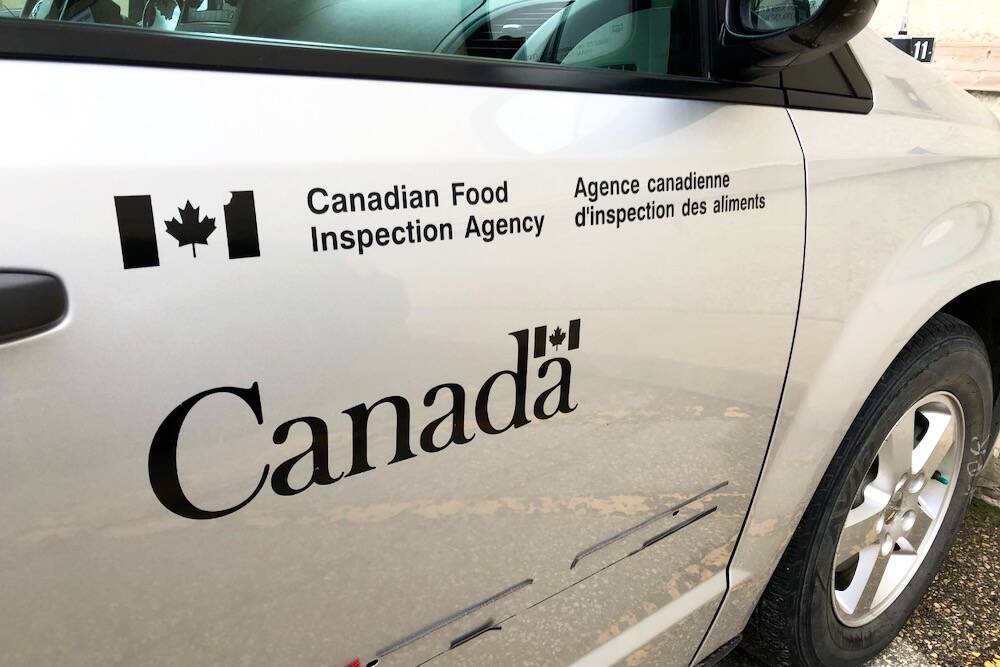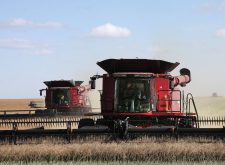By Julie Ingwersen
FARGO, N.D., July 27 (Reuters) – Hot and dry weather during the growing season slashed yield prospects for U.S. hard red spring wheat to the lowest in nearly a decade, scouts on an annual crop tour said on Thursday.
The Wheat Quality Council tour pegged the 2017 U.S. hard red spring wheat yield at 38.1 bushels per acre (bpa) following the three-day tour of North Dakota, the top spring wheat state, and adjacent areas in Minnesota and South Dakota,
That was down from the tour’s 2016 forecast of 45.7 bpa, the prior five-year average of 46.8 bpa, and was lowest since 2008.
Read Also

B.C. ostriches culled, CFIA confirms
Ostriches on an embattled Edgewood, B.C. farm have been culled after a prolonged legal battle, the Canadian Food Inspection Agency has confirmed.
Millers and bakers were bracing for higher costs and tighter supplies of spring
Some wheat acres in western North Dakota have already been baled for feed, scouts found. But it was still too early to predict what percentage of planted acres would be harvested for grain. The crop tour does not project wheat production or the number of acres harvested or abandoned.
“The big question is harvested acres… and really we are not going to get a good handle on that until we are well into harvest,” Olson said.
The tour also projected an average yield for 2017 durum wheat of 39.7 bpa, down from 45.4 last year. Durum generally is used to make pasta and couscous.
Wheat field conditions worsened as crop scouts traveled west from Fargo. The tour’s routes do not cover some areas most impacted by drought in far western North Dakota and Montana.
“There were excellent crops in the east; they deteriorated as we went west, and we saw a lot of very poor wheat out west … Our (yield) averages are down significantly, showing that deterioration,” said Dave Green, executive vice president of the Wheat Quality Commission.
MGEX spring wheat futures settled up 6-1/2 cents at $7.36-1/2 per bushel, far below the four-year high of $8.16-1/4 reached on July 3.
“Quality-wise, what the tour showed and from speaking with producers, disease issues are a lot lower this year. I would not say non-existent, but very low incidences. Protein (is) likely to come in high,” said Erica Olson, marketing specialist at the North Dakota Wheat Commission.














